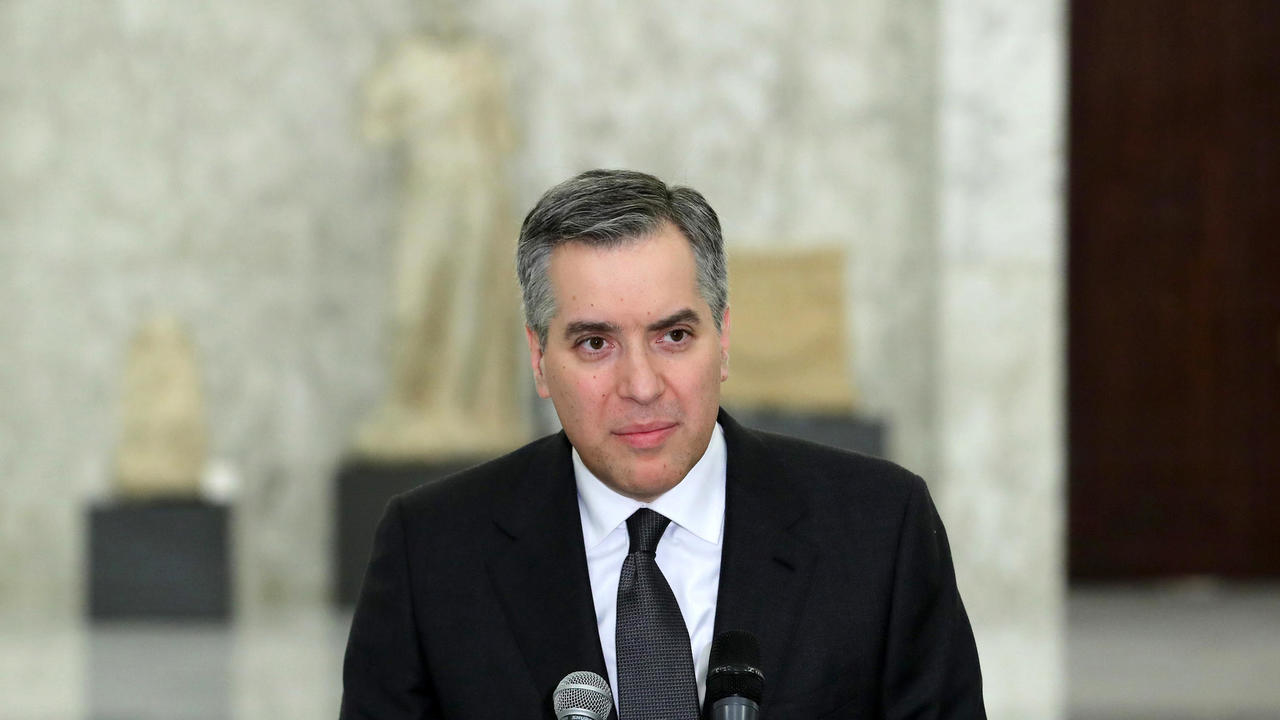Arabias Madani Script: From handwritten origins to the digital age

Sun, 2018-05-06 00:17
JEDDAH: Ancient Arabic scripts are distinguished by their beauty and diversity, and the Makki and Madani scripts were the most prominent versions throughout history. The Madani script, in which the Quran, the Sunnah, and the Prophet Muhammads correspondence with kings and presidents were written, is particularly notable.
There are many opinions concerning the origins of Arabic calligraphy. Some scholars suggest it goes back to Ismail, son of the Prophet Ibrahim. Others say it came from the Nabataeans in the 4th century BC.
Prophet Muhammad urged people in Madinah to learn to write, and so Arabic calligraphy spread there only after his migration. The number of literate people in the Prophets era is said to have amounted to about 42 men.
The Madinah area is rich in precious Islamic inscriptions engraved on the rocks of its mountains and valleys, and ancient caravan routes. The history of these inscriptions dates back to the Hijri first century, and they include Quranic verses, supplications, letters, poetry and news.
King Abdul Aziz took an interest in preserving Arabic calligraphy, and his interest has been reinforced by the King Salman Center for Restoration and Conservation of Historical Materials, part of King Abdul Aziz Historical Center, which preserves and cares for ancient documents and manuscripts.
Prince Faisal bin Salman, governor of Madinah region, launched an initiative to preserve the Madani script during the inauguration of an exhibition of Madinah manuscripts organized by King Abdul Aziz Historical Center in 2016.
Many international libraries have copies of the Holy Quran written in the Madani script, including the Paris National Library, the Leiden University Library in the Netherlands, the University Library of Birmingham in England, and the Berlin Library.
Idham Mohammed Hanash, the dean of the Faculty of Arts and Islamic Architecture at the World Islamic Science and Education University in Jordan, said the Madani script has become the standard for the origin and originality of Arabic calligraphy.
He pointed out that it is characterized by aesthetic qualities and technical characteristics, and said its great historical importance and technical excellence mean there is a need to restore knowledge of the art of the script.
Quran printed in record time
Prince Faisal praised the King Fahd Complex for the Printing of the Holy Quran in Madinah for issuing 10 million copies of the book, achieving the highest production level for the first time in five months.
The target production is 18 million copies during the first operational year, which ends after seven months.
This came during a meeting with Tawfiq Al-Sudairy, the deputy minister of Islamic Affairs, Dawah and Guidance, who briefed Prince Faisal on the achievements of the King Fahd Complex in the presence of Mohammed Salem Al-Awfi, secretary-general of the complex.
Prince Faisal said that these achievements came in record time with national capacities to serve Islam and Muslims.
Main category: Saudi ArabiaArt & CultureTags: Arabic calligraphyMadani scriptMakki scriptanti-IslamProphet IbrahimSunnahProphet MuhammadKing Abdul Aziz Historical Center Arabic calligraphy flourishing in the WestSaudis embroider Islamic calligraphyArabic calligraphy jewelry fast becoming fashion addiction…Vertu offers phones designed by Arabic calligraphy artist
[contf]
[contfnew]

Arab News
[contfnewc]
[contfnewc]




